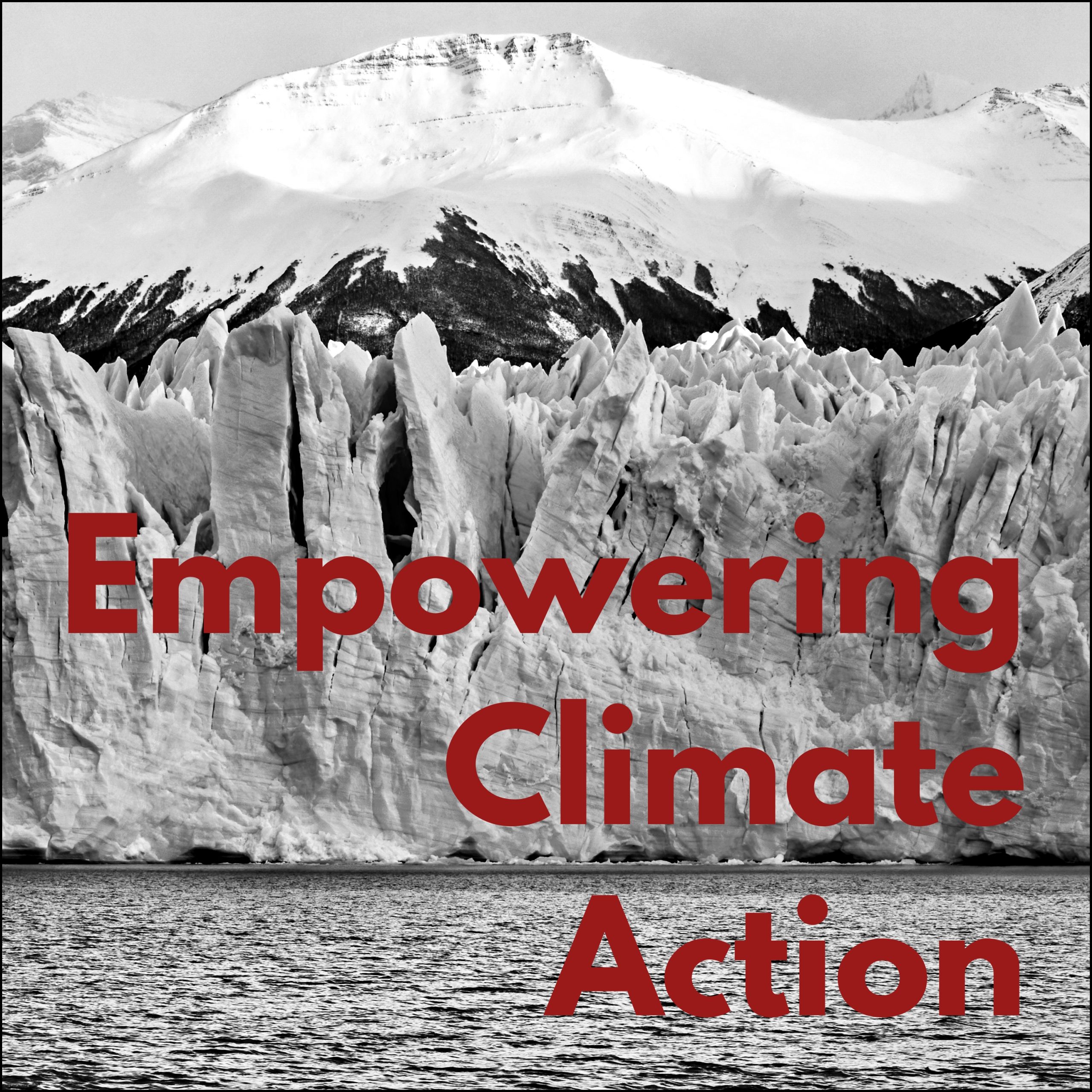The West African Monsoon brings essential rainfall to 300 million people across the Sahel from May to October, governing precipitation patterns from the Gulf of Guinea to the southern Sahara edge. This atmospheric system determines agricultural productivity, economic stability, and food security across a region where less than 1% of farmland has irrigation. Historical evidence shows the monsoon capable of abrupt shifts: the transformation of the Sahara from grassland to desert about 5,000 years ago demonstrates the system’s capacity for dramatic change. Current observations suggest the monsoon may be approaching another critical threshold, with implications for global commodity markets, European migration policy, and regional security.
The monsoon operates through seasonal migration of the Intertropical Convergence Zone (ICZ), where trade winds converge to create rainfall. Summer heating over the Sahara creates thermal lows that pull moisture from the Atlantic Ocean and Gulf of Guinea northward. This moisture falls across distinct ecological zones from coastal rainforests through savanna to the semi-arid Sahel. The system’s sensitivity to sea surface temperatures, vegetation cover, and atmospheric dust makes it particularly vulnerable to both natural variability and human influences.
The Sahel droughts of the 1970s and 1980s put millions at risk of famine, and demonstrated the monsoon’s capacity for persistent dry states in a region which is almost entirely dependent on rainfall. More recent variability has shown increasing extremes, flooding in some areas while others experience severe drought, suggesting the monsoon system may be destabilising. Climate models indicate potential tipping points linked to vegetation thresholds and ocean temperature patterns, though significant uncertainty remains about specific triggers and timelines.
At Broadpeak, we collaborate with industry experts, impact-driven investors, and academic institutions to address urgent global challenges. Through our articles and trilogies, we aim to share the insights we have gained from these projects with our network. Explore all of our published articles and trilogies in the blog section of our website.
System Vulnerabilities and Adaptation Imperatives
The West African Monsoon’s tipping point potential stems from reinforcing feedbacks between rainfall, vegetation, and atmospheric circulation, each presenting distinct challenges and adaptation pathways.
Vegetation cover in the Sahel actively influences rainfall through moisture recycling, surface reflectivity, and atmospheric friction effects. When vegetation declines below certain thresholds, these mechanisms weaken, potentially triggering self-reinforcing cycles of reduced rainfall and further vegetation loss. Models suggest the system could maintain alternative stable states, either current semi-arid conditions or desert, depending on vegetation coverage levels. This understanding has driven large-scale landscape restoration initiatives across the region. Farmer-managed natural regeneration in Niger has already restored millions of hectares at relatively low cost, demonstrating that positive interventions can influence system dynamics. These efforts increasingly attract climate finance through carbon credits and emerging biodiversity markets, though questions remain about long-term sustainability and scalability.
Atlantic Ocean dynamics strongly influence monsoon strength through complex teleconnections. The Atlantic Multidecadal Variability (AMV) has been linked to major Sahel droughts, while potential changes to the Atlantic Meridional Overturning Circulation (AMOC) could fundamentally alter regional (and global) rainfall patterns. These ocean-atmosphere interactions create vulnerability to both natural cycles and climate change impacts. Recognition of these connections has prompted development of enhanced monitoring systems, though significant gaps remain in ocean observations critical for understanding these dynamics.
Human activities increasingly affect monsoon behaviour through multiple pathways. Deforestation in coastal West Africa reduces moisture sources, while agricultural expansion in the Sahel alters surface properties crucial for rainfall generation. Overgrazing during drought years can push ecosystems past recovery thresholds. However, human management also offers pathways for positive intervention. Sustainable land management practices that maintain vegetation cover while supporting livelihoods could help stabilize the system. The challenge lies in implementing such practices at sufficient scale given economic pressures and governance constraints.
Economic Dimensions and Development Pathways
Agricultural productivity across the region depends entirely on monsoon performance, creating systemic economic vulnerability. Delayed onset can substantially reduce crop yields by shortening the growing season, while a complete failure of the rains typically results in widespread or near-total losses of rainfed crops. This affects both food security and export revenues critical for economic stability. West Africa produces about 70% of global cocoa, with weather-related supply shocks regularly driving price volatility that ripples through global markets, as evidenced by historical highs of over USD 12,000/tonne of cocoa at the end of 2024. Cotton production in Mali and Burkina Faso, along with groundnut farming in Senegal and Nigeria, similarly depends on monsoon reliability.
The livestock sector, supporting over 20 million pastoralists and contributing nearly 15% of the Sahel’s regional GDP, demonstrates both vulnerability and resilience to monsoon variability. Traditional mobile herding strategies represent sophisticated adaptation to rainfall uncertainty, yet these systems face increasing pressure from borders, agricultural expansion, and climate extremes. Livestock represents savings and insurance for rural populations; drought-forced distress sales can create poverty traps requiring years for recovery. A 2023 feasibility study from the World Bank exploring livestock insurance and improved market access through digital platforms suggested possibilities for modernizing the sector while maintaining its adaptive capacity.
Energy infrastructure shows growing monsoon dependence as countries expand hydroelectric capacity to meet development needs. Ghana’s hydroelectric plants provide nearly 40% of the country’s total power, but operate at reduced capacity during poor monsoon years, forcing expensive thermal generation and constraining economic growth in other economic sectors. This vulnerability has prompted diversification into solar and wind resources, which while also weather-dependent and still nascent, show different variability patterns that could provide system resilience. The challenge lies in financing this transition while maintaining energy access for development.
Financial systems face concentrated exposure through agricultural lending, though innovative approaches are emerging to manage this risk. Microfinance institutions crucial for rural development face correlated defaults during drought years that threaten institutional stability. However, new financial instruments show promise for spreading risk more effectively. Regional catastrophe bonds pooling drought risk across countries could access international capital markets while building financial resilience. Index-based insurance using satellite-derived vegetation and rainfall metrics reduces transaction costs and moral hazard, though basis risk remains a challenge. These financial innovations reflect broader recognition that traditional risk management approaches are insufficient for managing monsoon and, more generally, climactic variability.
Governance, Security, and Regional Dynamics
Resource competition intensifies when monsoon rains fail, creating governance challenges that extend beyond immediate humanitarian response. Farmer-herder conflicts over water and land, traditionally managed through customary institutions, increasingly turn violent when resources become scarce. In Nigeria’s Middle Belt, such clashes have caused thousands of deaths, with drought and shifting rainfall patterns identified as contributing factors. These conflicts reflect deeper challenges of managing competing land use systems under increasing climate stress.
The relationship between climate stress and political instability has become increasingly apparent across the Sahel. Extremist groups exploit climate vulnerability for recruitment among populations whose livelihoods have been destroyed. The Lake Chad basin, where monsoon variability has contributed to a 90% reduction in lake surface area since the 1960s, exemplifies how environmental stress creates conditions for instability. However, this narrative risks oversimplification. Political marginalization, weak governance, and economic inequality interact with climate stress in complex ways. Effective responses require addressing these multiple factors simultaneously rather than treating climate as the sole driver of insecurity.
Migration patterns correlate with rainfall variability, though the relationship is complex and mediated by multiple factors. While drought can trigger movement, the poorest populations often lack resources (information, credit) to migrate, becoming trapped in deteriorating conditions. Those who do move typically relocate short distances within countries or the region before considering international migration. This understanding has shifted policy discussions from preventing migration to managing it as a potential adaptation strategy. Initiatives supporting planned relocation, skills development for migrants, and systems for maintaining service access across borders recognize mobility as a traditional response to environmental variability that could be supported rather than suppressed.
Regional cooperation mechanisms are evolving to address transboundary challenges. The Permanent Interstate Committee for Drought Control in the Sahel (CILSS) showcases how early warning systems can be developed to coordinate responses across member states. These institutions demonstrate possibilities for collective action, though they remain underfunded relative to the scale of challenges faced, such as the rise of coups and authoritarian governments. Strengthening regional capacity for climate monitoring, early warning, and coordinated response could reduce the impacts of monsoon variability while building longer-term resilience, albeit requiring further international mediation given recent disputes.
Information Systems and Knowledge Integration
Weather station density across West Africa falls far below international recommendations, creating critical gaps in understanding monsoon dynamics. Many existing stations lack consistent maintenance, compromising data quality essential for trend detection and early warning. This observational deficit means potential tipping point signals might go undetected until changes become irreversible. However, recent technological developments offer possibilities for rapid improvement. Networks of low-cost automatic weather stations using IoT technology could dramatically expand coverage at reasonable cost. Companies developing these technologies for agricultural advisory services demonstrate commercial viability while providing widely-beneficial public goods.
Satellite remote sensing partially compensates for ground-based limitations but requires ground truth data for calibration. The integration of multiple data sources (e.g., satellite observations, ground measurements, and citizen science) could provide more comprehensive monitoring than any single approach. Mobile phone networks offer platforms for crowdsourced data collection, with farmers reporting rough rainfall and crop conditions that complement instrumental observations. These hybrid approaches could overcome resource constraints while building local engagement in climate monitoring.
Traditional ecological knowledge accumulated over generations provides insights into long-term environmental changes often missing from instrumental records. Pastoral communities track complex environmental indicators such as plant phenology, animal behaviour, and atmospheric conditions, which signal seasonal transitions. Agricultural communities maintain seed varieties adapted to local conditions and climate variability. This knowledge faces erosion from rapid social and regulatory change, yet efforts to document and integrate traditional knowledge with scientific observations show promise. Such integration could improve predictive capabilities while ensuring community participation in adaptation planning.
Research capacity within the region continues to develop, though significant constraints remain. African institutions increasingly lead climate research relevant to local contexts, moving beyond dependence on external expertise. Regional climate modelling capabilities are expanding, providing projections more relevant than global models for understanding monsoon dynamics. The challenge lies in sustaining this capacity development given resource constraints and brain drain pressures. Investment in research infrastructure and training could generate knowledge essential for managing monsoon risks while building regional scientific capacity.
Pathways Toward Resilience
The West African experience with monsoon variability offers lessons for managing climate uncertainty in vulnerable regions. Communities across the Sahel have developed sophisticated strategies for living with rainfall variability such as diversified livelihoods and mobile resource use. These traditional approaches provide foundations for climate adaptation, though they require support and modification to address contemporary challenges.
Agricultural transformation initiatives demonstrate possibilities for reducing monsoon dependence while improving productivity. Crop diversification toward drought-resistant varieties, conservation agriculture practices that improve soil water retention, and integration of trees into farming systems all show promise. These approaches require initial investment and technical support but can generate benefits beyond climate resilience such as improved soil fertility, diversified income sources, and enhanced food security. The challenge lies in achieving adoption at scale given constraints on capital, knowledge, and market access.
Infrastructure development that accounts for monsoon variability could reduce economic disruption from rainfall extremes. Rural roads designed to remain passable during floods, water storage systems that buffer more efficiently against drought, and telecommunications networks that function despite weather extremes all contribute to resilience. These investments require significant resources but generate economic returns through reduced losses and improved connectivity. The integration of climate considerations into infrastructure planning represents a shift from reactive disaster response to proactive risk reduction.
Financial sector evolution shows growing sophistication in managing climate risks. Beyond traditional emergency response, financial instruments now attempt to smooth consumption and investment despite rainfall variability. Digital financial services expand access to savings and credit products that help households manage climate shocks. Agricultural value chain finance links credit to production and marketing arrangements that reduce risk for both agribusinesses and lenders. These developments suggest possibilities for maintaining development progress despite climate uncertainty.
The West African Monsoon illustrates both the challenges and possibilities of managing climate tipping points in vulnerable regions. Its history of abrupt changes underscores risks that cannot be ignored, while the resilience strategies developed by regional populations offer foundations for adaptation. The international community’s engagement with Sahel climate risks, through development assistance, security cooperation, and climate finance, reflects recognition that monsoon variability has implications beyond the region. Success in managing these risks requires sustained commitment to building adaptive capacity, supporting traditional resilience while leveraging modern technology and finance, and addressing the governance and development challenges that amplify climate vulnerability. The Sahel’s experience navigating monsoon uncertainty offers lessons for other regions facing similar challenges, lessons which can be learned and applied before critical thresholds are crossed.





